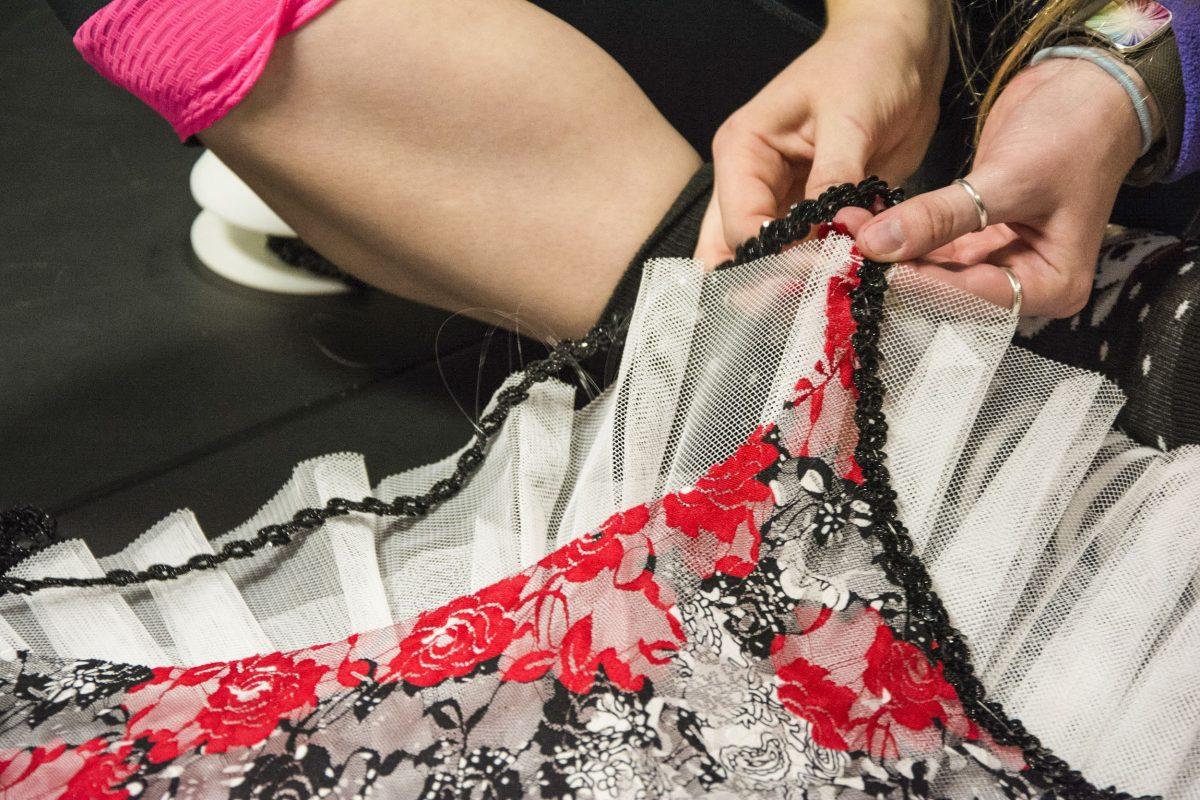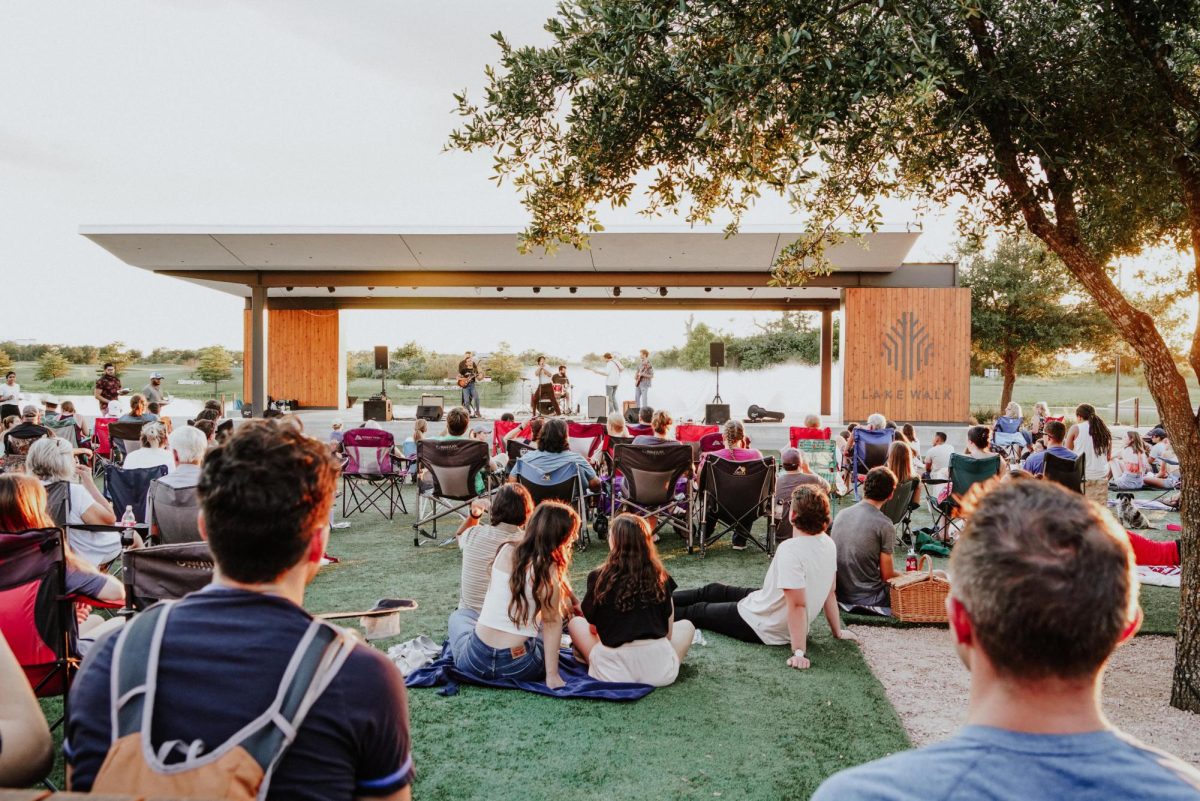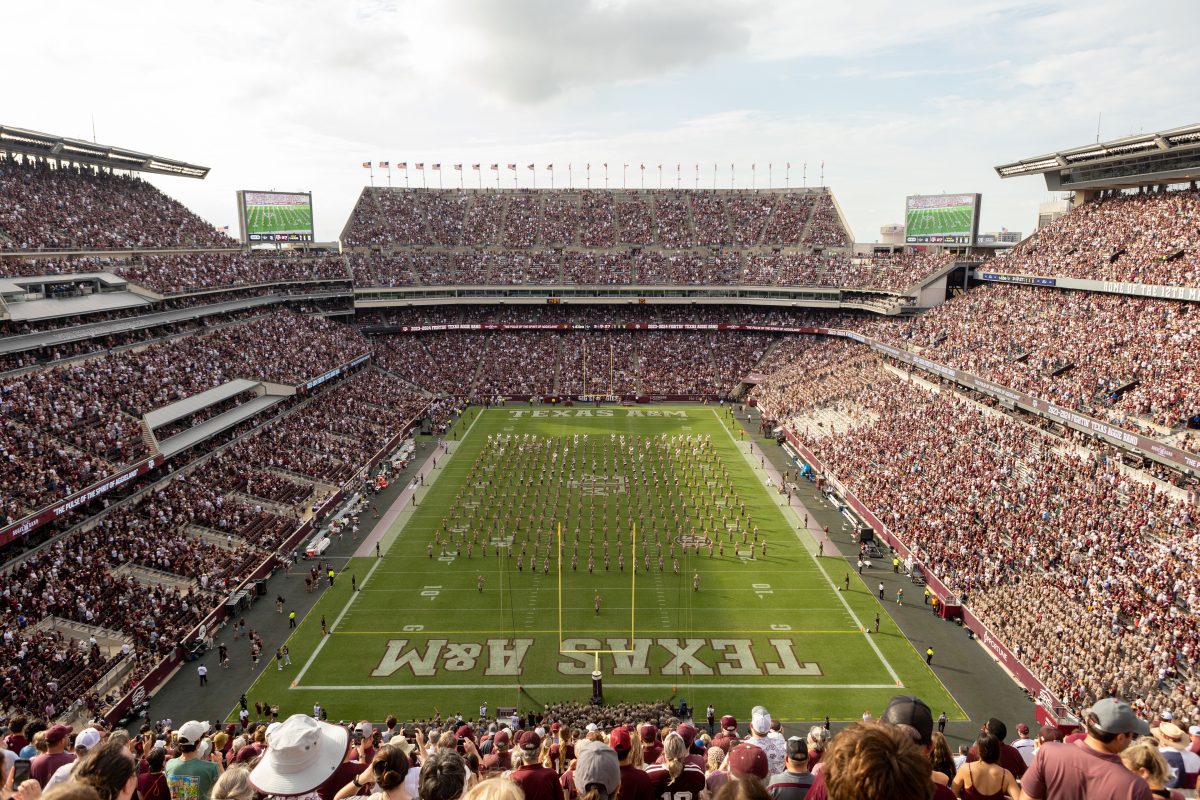Hundreds of costumes sit in the Physical Education Activity Program Building, each with a different function and occasion in which they’re used by the Texas A&M Dance Program.
Carisa Armstrong, clinical associate professor, is in charge of the Dance Program’s costume-design process. Armstrong said several factors go into costume design.
“The fabric is chosen based on the theme, or mood, of the dance, as well as what the dancers will be doing as far as movement,” Armstrong said. “I’m also looking at how the fabric flows, the weight of the fabric, and then color is usually decided based on the aesthetic of the dance.”
Because the fabric must be bought in large quantities, Armstrong turns to a fabric retailer in New York.
“I was there in New York in January buying costumes — or buying fabric for a piece that has 11 dancers — and we knew that we wanted it to be very flowy and we wanted to use three colors,” Armstrong said. “We bought 12 yards each of those colors. So when you’re buying fabric, you know we’re buying fabric in huge amounts.”
While Armstrong also samples and purchases fabrics from online avenues, she said the experience does not compare to being in a massive fabric store.
“Just row after row after row of rolls of fabric,” Armstrong said. “All different weights, and colors and styles. So that’s the absolute best way, because you can really feel the fabric and see what the true color is.”
Once purchased, the fabrics are transformed into the many costumes held in the PEAP Building.
Such a large demand for costumes draws student volunteers, Armstrong said.
“Especially whenever we get into ballet tutus and things like that,” Armstrong said. “There’s a lot of hand-beading that has to go on it. So that’s kind of time-intensive but not terribly technical.”
Annie Forman, kinesiology senior and student volunteer, said there are lots of chances to make errors when constructing costumes.
“I’ve learned a lot of how not to worry about the little tiny details like, ‘It’s got to fall exactly right on the dancer,’” Forman said. “Things like that.”
The thinking process for creating dance costumes differs from theater costumes. Armstrong said the difference between the two was highlighted during an incident back when she did choreography for dancers participating in a theater work. Armstrong said theater students had created costumes that restricted the movements of the dancers.
Lauren Copping, kinesiology senior, said the ability for the fabric to stretch is a necessity for dance costumes.
“You want the costume to be as least restricting as possible, so we usually use a fabric that has spandex and four-way stretch, being that it doesn’t stop in any direction,” Copping said.
Armstrong said while theater and dance share a similar stage, dancers try to embody a more abstract expression. This expression is reflected in the costumes as well.
“But for the most part we’re trying to create a more of an abstract feeling, something that’s not everyday or commonplace and usually causes a little bit more kind of out-of-the-box design,” Armstrong said.
Just as everyday clothing follows fashion trends, dance costumes follow suit.
“Whenever I was in college it seemed like every dance was in a unitard, and then there was the gaucho pants phase,” Armstrong said. “There’s certainly trends that happen just like in everything. The goal being always just trying to make the dancer look the best.”
The craft of costume creation
November 30, 2015
Donate to The Battalion
Your donation will support the student journalists of Texas A&M University - College Station. Your contribution will allow us to purchase equipment and cover our annual website hosting costs.





















